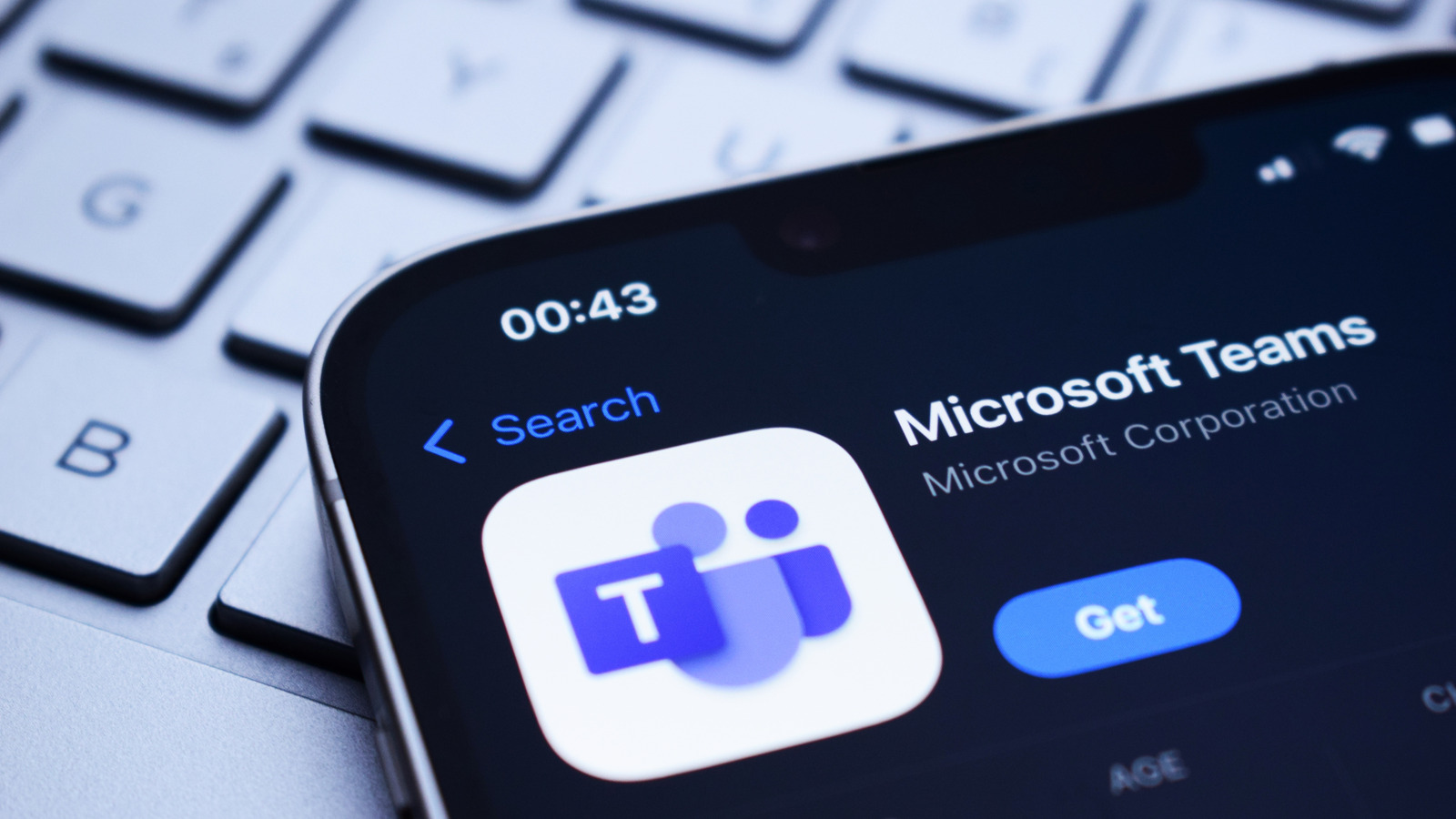Microsoft is rolling out a host of new productivity features for its Teams, Microsoft 365, and Copilot applications, ranging from introducing “vibe working” AI agents to configurable keyboard shortcuts. One update, however, has users worried that their employers will begin tracking their locations at work. According to a recent development roadmap published by Microsoft, Teams will soon use users’ Wi-Fi connections to determine their locations, allowing employers to see where users are whenever they tap into their network. The change is intended to enhance company synergy by enabling team members to see each other’s locations, potentially boosting productivity. Critics, however, worry that the feature will enable surveillance at work, potentially threatening the autonomy and privacy of users.
The update is part of a broader push by Microsoft to enhance the productivity features of its enterprise solutions. With 320 million global users, Teams is one of the world’s most popular collaborative platforms, serving as a videoconferencing, instant messaging, joint calendar, and document sharing application. Competing with the likes of Google, Zoom, and Salesforce’s Slack, Microsoft has steadily expanded its collaborative application’s functionalities, with a vigorous AI push at the center of these efforts. Whether the Teams’ location update will stir as much controversy as the Copilot AI-spurred price hike of Microsoft 365, however, remains to be seen. As it stands, the update is expected to begin in December 2025, giving users a few months to enjoy geographic anonymity in the workplace.
The details on Teams’ workplace-tracking are still uncertain
Despite widespread reporting on the update, the technical details behind the change are largely uncertain. To date, Microsoft has only stated that employees’ locations will automatically update when users “connect to their organization’s Wi-Fi.” And while concerned Teams users have lamented that such a feature might kill the work-from-home movement by “snitching” on users, it’s unclear whether this will be the case, as the emphasis on the organization’s Wi-fi networks makes it difficult to know whether employers will be able to see the location of users if they turn on their laptop at a coffee shop or beachside café. However, the update will tell bosses whether their employees are currently in the office, endangering some office workers’ much-loved midday reprieves.
Some observers have predicted that the feature will likely be based on employees’ IP addresses. If so, the Teams update will make it exceedingly difficult for users to fake their locations, as employees must connect to the office Wi-Fi to be shown at work. Work-from-home aficionados have famously combatted similar employee surveillance tactics at Amazon Web Services through SSID spoofing, in which users change their home Wi-Fi name to match their workplaces’ to trick applications into believing users were at their office. If the Teams update is IP-dependent, however, such workarounds will likely fall short come December.
According to Microsoft, the new feature will be integrated across both Windows and Mac platforms. Luckily for some employees, the update will not change the default settings for enterprise Teams users, with company admins needing to enable the feature. Furthermore, end users will be required to opt in to the service.
Microsoft and Big Tech’s push for productivity
The location update is only the latest in a host of technologies that some users worry infringe on user privacy in pursuit of increased efficiency. For instance, office location features were already integrated into Teams in January 2025, as users’ building-level locations automatically log whenever they connect to peripherals at their workplace, such as a bookable desk or bring your own device room. According to Microsoft’s roadmap, the feature helps employers by “simplifying coordination with others and enabling AI-assisted booking in the future.” Another recent feature, dubbed Benchmarks, allows Microsoft’s agentic software Copilot to track users’ engagement with AI to assess enterprise-level incorporation of the technology.
These updates are inevitably held in the context of Microsoft implementing its own stringent back-to-office policies. For instance, this year the company instituted a three-day-a-week in-office mandate for all employees within 50 miles of its headquarters, effective in February 2026. Amazon and other major firms have instituted similar policies in the past year, reflecting a potential industry-wide turn away from remote worker movements made popular during the COVID-19 pandemic. However, within the broader framework of increased AI integration, some worry that Big Tech is powering an untenable worker-efficiency arms race, in which companies are seeking to extract more production from their employees through increased control over their time, location, and workflows, often to the detriment of employee working conditions. At the center of this discussion is companies’ control over productivity data — a mounting debate that Microsoft’s enterprise productivity tools will undoubtedly play a role in. And while the efficiency gains of these processes have been mixed, many are concerned that the next logical conclusion is AI-induced job loss, exemplified by a spree of firings at companies like Amazon to close 2025.










